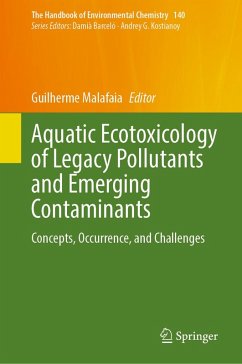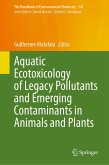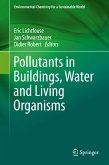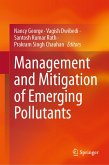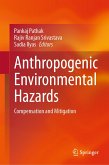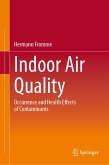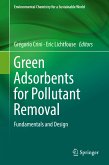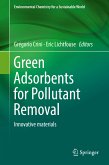This book reviews the ecotoxicology of emerging contaminants in aquatic environments, addressing their effects on water ecosystems and current challenges in aquatic ecotoxicology. Divided into 13 chapters, the book introduces various aquatic ecosystems and contaminant dynamics, highlighting differences between emerging and legacy pollutants. In this book, readers will discover the main concepts, occurrences, and impacts of contaminants such as pharmaceuticals, personal care products, nanomaterials, microplastics, and pesticides. The distribution and impact of nanomaterials and the need for ecologically based approaches to nanomaterial ecotoxicology are also addressed in this book. Particular attention is given to the analysis of heavy metals, with contributors outlining risk assessments and discussing environmental implications. The book also covers the ecotoxicology of non-chemical agents, particularly in harmful algal bloom research and monitoring. In the final chapter of this book, readers learn about legislative advances and environmental policies on legacy and emerging contaminants.
Together with its companion volume "Ecotoxicology of Emerging Pollutants in Aquatic Biota", this book offers a concise yet comprehensive overview of emerging contaminants in the aquatic environment. Given its breadth, this book appeals to a broad and diverse audience, and it is an authoritative and essential resource for academics, researchers, and policymakers interested in deepening their knowledge of environmental issues and aquatic ecosystems.
Dieser Download kann aus rechtlichen Gründen nur mit Rechnungsadresse in A, B, BG, CY, CZ, D, DK, EW, E, FIN, F, GR, HR, H, IRL, I, LT, L, LR, M, NL, PL, P, R, S, SLO, SK ausgeliefert werden.

